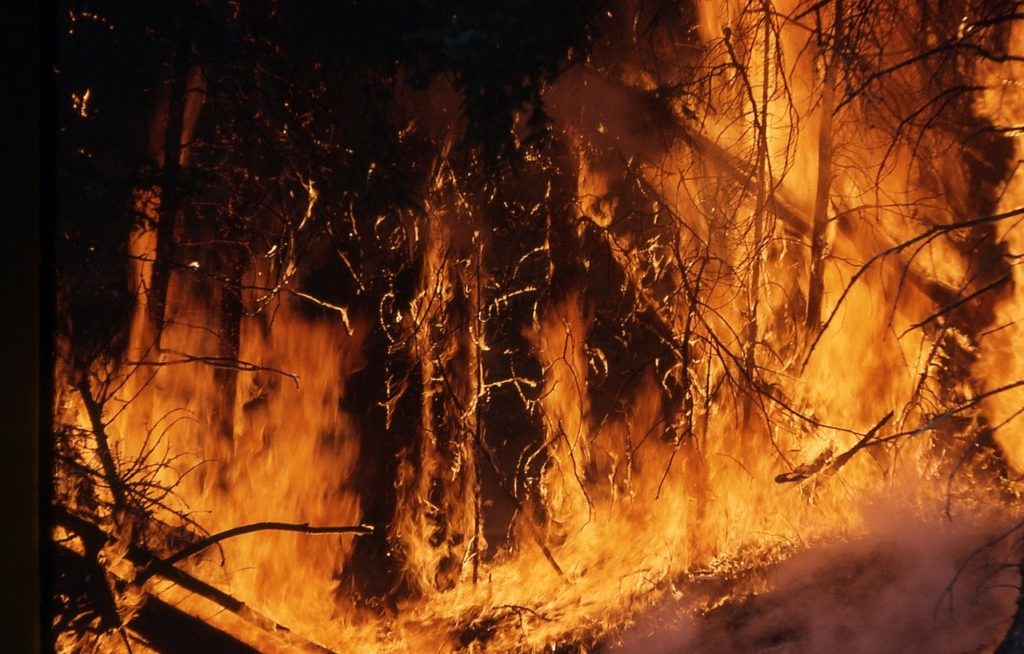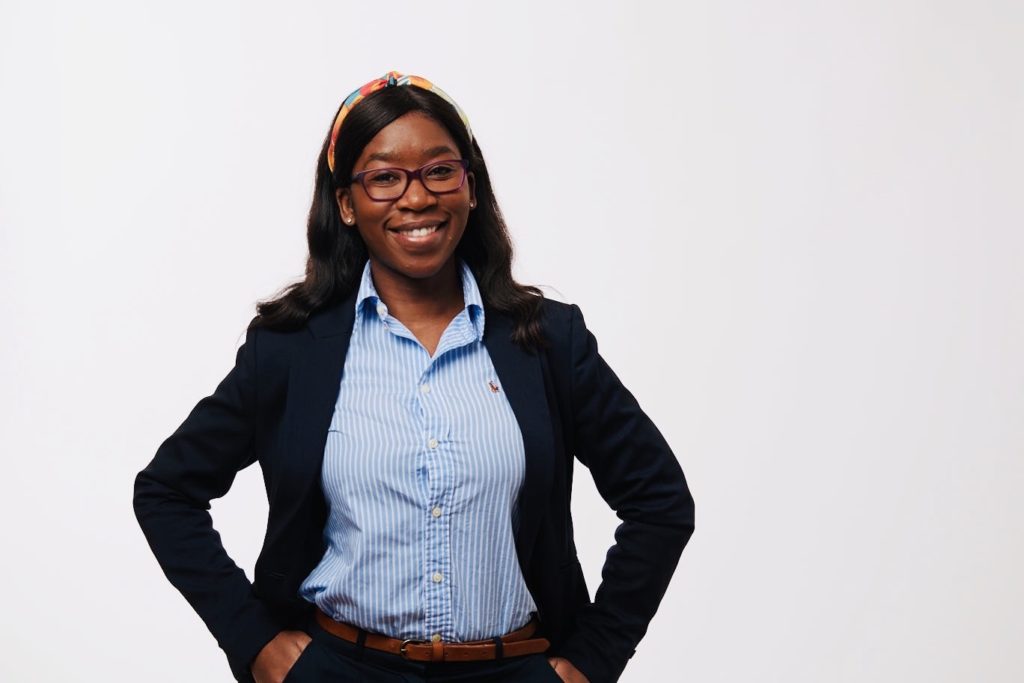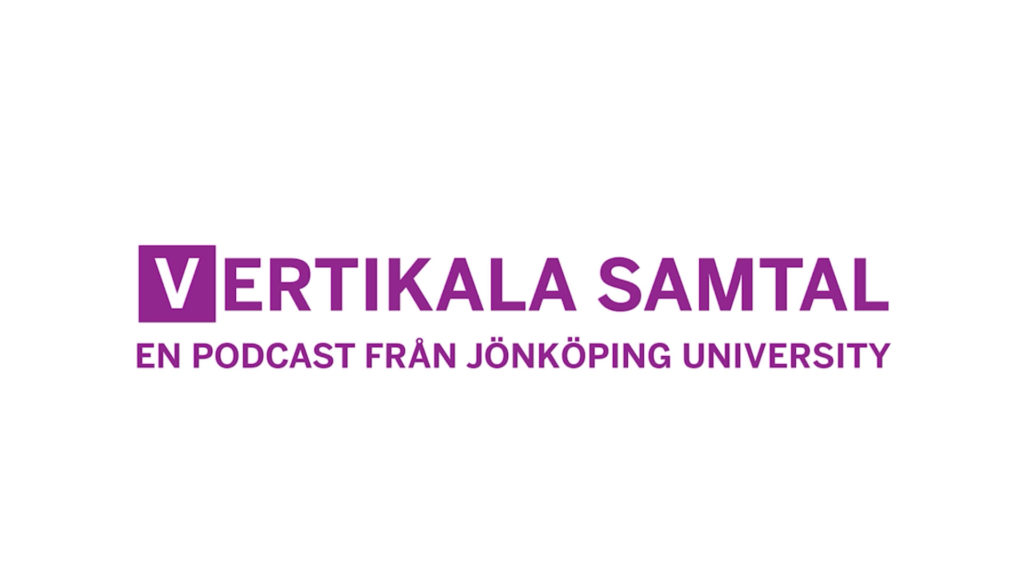Media Management and Transformation Centre (MMTC) at JIBS
It’s time to reassess the SDGs’ role and take climate change seriously!
Given the devastating wildfires in Australia, one could theorize about the development and application of the Sustainable Development Goals (SDGs), particularly SGD #13: Climate Action. The SDGs are a framework developed to resolve some of the most significant social and environmental issues and create a more sustainable future for all. It addresses most of the 21st century’s global problems such as poverty, inequality, climate change, environmental degradation, peace, and justice. Additionally, all 17 goals External link, opens in new window. are interconnected, neatly done so that no one is left behind. The main objective is that they are all achieved by 2030.

But recent events in Australia call for something more urgent and radical. 2030 seems a bit far away. I’m favorable to the SDGs, and I recognize their objective, but I am wondering: are they working with regards to creating awareness and urgency about climate change? Perhaps their application needs to be reconsidered?
While we wonder about this, let’s talk about the Australian disaster. About 25 people External link, opens in new window. have been killed, and almost 2,000 homes External link, opens in new window. have been destroyed. As a result, skies have turned orange and made breathing in the air in Sydney akin to smoking 37 cigarettes External link, opens in new window.. Note that these are only impacts on people. It is hard to discern the devastation of the country’s land and biodiversity. You hear things like ‘worst fire ever recorded’ as a result of the ‘hottest season’ in Australian history. What makes these wildfires unique is that they are extremely dangerous to the entire ecosystem External link, opens in new window.. According to Sigal Samuel writing on Vox.com, about 1 billion animals External link, opens in new window. have been lost. As a consequence, scientists are apprehensive about the long-term harm to many sensitive ecosystems. Since the catastrophe began, there has been an even bigger impact not only for Australia but for the entire global climate due to the amount of climate-warming carbon dioxide emissions that have been released into the atmosphere.
And what has led us to this point of climate change catastrophe? I do not have all the answers, but I suppose the SDGs were developed as a tool that promises to take care of such disasters. It was reported that the fires started in different ways: such as lightning and human actions, including arson External link, opens in new window.. That being said, it’s the climate conditions External link, opens in new window. that give solid fuel for the fires to grow and spread. In such a severe event as this, you’d think that people would have a 360-degree change in behavior and attitude towards climate change within a day, rather than waiting until the 21 or 66-day threshold of the time it takes for people to adopt new practice; sadly that’s not the case. Even though we should embrace the 2030 long-term perspective, change is required NOW, today, not tomorrow.
I am awestruck, just like many other people, as I see one climate catastrophe unfold after another. With a question about the implementation of the SDGs, question being: does the institutionalization of the SDGs decelerate the implications of climate change? Has our behavior as human species changed since they were developed? If so, how?
You might argue that an answer to the above question requires an empirical study to be conducted first. Yes, it does. However, you can also look at how governments’ efforts impact our behavior because government representatives and politicians were among the dignitaries who were involved in developing the SDGs. Governments and politicians are typically expected to be at the forefront when it comes to the development of such a framework, and therefore should automatically become its advocates. Also, they have the power to impose compliance. But is that what is happening now? NO!
Take, for example, the disaster in Australia. Australia’s government developed a new National Bushfire Recovery Agency External link, opens in new window. to assist in providing funds for fire relief and commissioned payments to volunteer firefighters External link, opens in new window.. However, just like many other political leaders all around the world, Australia’s elected leaders have been hesitant in dealing with their country’s contributions to climate change, which, as discussed, has been a significant factor in the bushfires. Australia External link, opens in new window.is the world’s biggest exporter of coal, and both of Australia’s major parties are in courtship for support from the country’s robust mining industry – none more so than Australian prime minister, Scott Morrison External link, opens in new window.. It has been reported that he refutes the correlation between Australia’s reliance on coal, its greenhouse gas emissions, the ongoing blazes, and the consequences of this for Australians. People were furious with him, not only for choosing to be on vacation in Hawaii during the country’s bushfire disaster but also about his climate change denial. Wow… like, what? How could he… and why? Well, (coal) money talks, right? Later on, he did try to portray a different view in favor of climate change but, well… I will reserve my comment on that for a separate blog post.
This leads me to my next question, and the SDGs were developed by the United Nations member states – isn’t Australia one of them? You bet it is. One of the things that I find the most puzzling is how the most influential person in a country can circumvent conversations about climate change, that this person does not engage in more significant conversations concerning an agenda they have agreed on and signed up for with other countries. How, then, can we expect people to take the SDGs or climate change seriously? Here’s an interesting question: was a national debate considered as part of the process of developing the SDGs? For big issues like these, I would argue that politicians should have engaged in a national conversation first before they met with other world leaders to agree on the SDGs. Please note that I am not saying that the SDGs are not working, but rather that politicians need to do better. They should lead by example and should also attempt to involve every citizen in a discussion if they want them to jump on board with the process of change.
Needless to say, the SDGs are not the only efforts being made to tackle the effects of climate change. Another is the Paris agreement. The Paris agreement’s sole purpose is to deal with climate change in isolation to other issues. According to United Nations, Climate Change secretariat (UFCCC) “[This agreement External link, opens in new window.’s] aim is to strengthen the global response to the threat of climate change by keeping a global temperature rise this century to well below 2 degrees Celsius above pre-industrial levels and to pursue efforts to limit the temperature increase even further to 1.5 degrees Celsius.”
The17 SDGs, in contrast, consist of a variety of goals directed to resolve social and environmental issues. And maybe that’s where the problem is – can you expect people to adopt 17 goals? Isn’t that too much? And doesn’t that create a lot of confusion as to what they exactly mean? Yeah, yeah… I know that doesn’t make me less of an idealist; individuals, institutions, and organizations can choose which SDG to focus on. But my argument is that there are some nuances that need to be closely observed, such as, how would we know if a person who focuses on eradicating hunger through mass production does not also undermine efforts made by those adopting SGD 13 – Climate Action? Are we saying that good is good, and there is no flip side? There is another alternative: to comply with all of them, but of course, that would require an extensive amount of resources, hence the emphasis on collaborations.
Why does this matter and why the comparison? This matter because radical change has become a necessity, but what change has been achieved since the development of the SDGs? The WMO report The Global Climate in 2015-2019 External link, opens in new window. states that the global average temperature has increased by 1.1°C since the pre-industrial period, and by 0.2°C compared to 2011-2015. The report looks at the increasing influence of climate change, how humans have responded so far, and the projected changes in the global climate in the future. Well, after reading the report, there is no reassuring news. It focuses on emphasizing the urgency and the “potential” desired success of decreasing the ever likely irreversible negative impacts External link, opens in new window.. Yeah, enough already! The last thing we need is another framework that will take a further five years to adopt. We do not have that luxury. We need action now because climate change causes will not wait for us to adapt to the logic of the SDGs or the Paris Agreement.

Zanele Penny Lurafu, PhD Candidate
E-mail: zanelepenny.lurafu@ju.se
Twitter: @zanelepenny
Detta är en bloggtext. Det är skribenten som står för åsikterna som förs fram i texten, inte Jönköping University.


.png)

